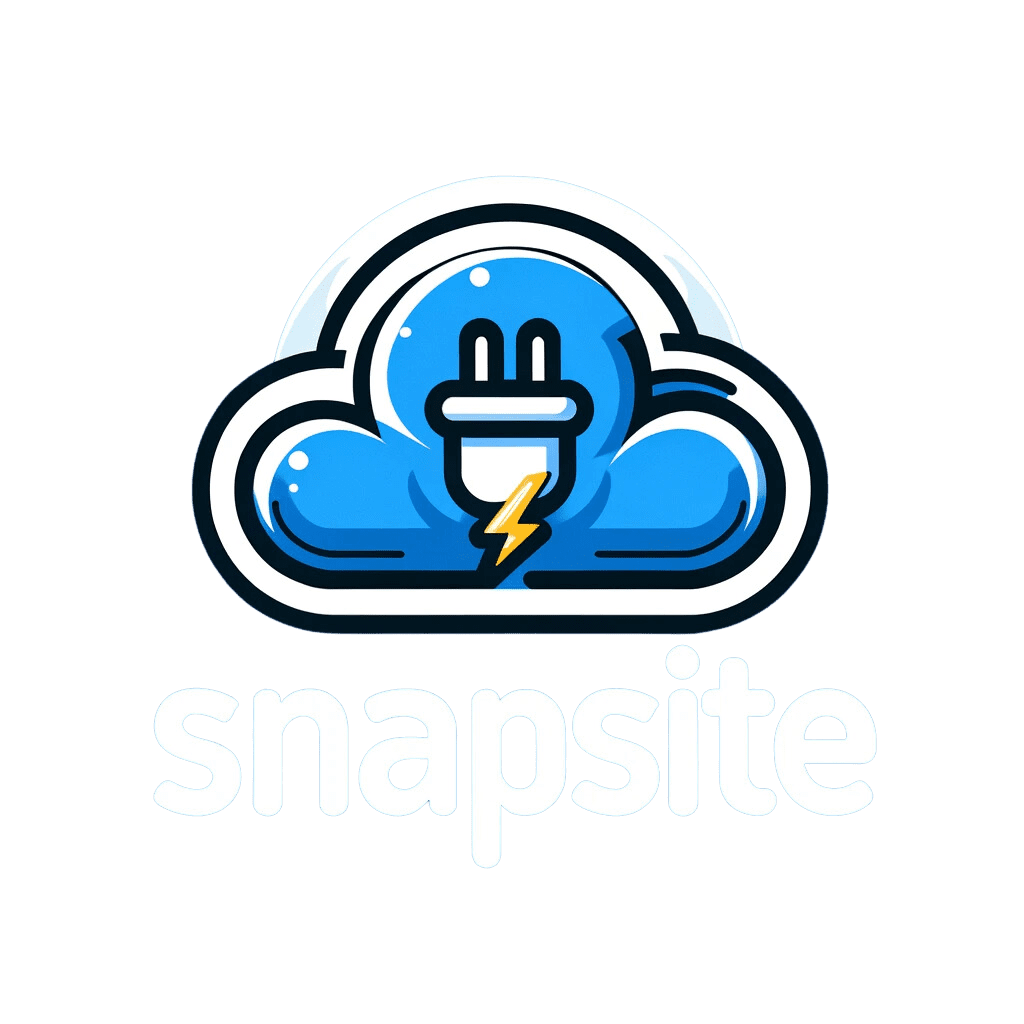Climbing the ranks of Google search results is the holy grail for website owners. Higher rankings mean more visibility, increased organic traffic, and ultimately, a stronger brand presence. But with Google’s constantly evolving algorithms, where do you even start? In this comprehensive guide, we’ll explore the essentials of how to rank higher on Google and delve deeper into actionable strategies.
On-Page SEO Fundamentals
- Title Tags and Meta Descriptions: These HTML elements tell users and search engines what your page is about. Your title tag should include your primary keyword and be under 60 characters. Aim for meta descriptions between 150-160 characters, clearly and compellingly conveying what users will find on your page.
- Headings (H1-H6): Organize your content with clear headings that incorporate relevant keywords. Your main heading should be an H1 and subheadings progressively follow as H2, H3, etc.
- Keyword Integration: Include your primary and secondary keywords organically throughout your content. Avoid keyword stuffing; focus on natural language, providing value, and ensuring readability.
- Image Optimization: Include alt text (image descriptions) with relevant keywords. Optimize image file sizes to improve page load speed, as site speed is a ranking factor.

- Search Intent: Go beyond keywords and truly understand what searchers are looking for. Are they seeking information, comparison, or ready to make a purchase? Create content that directly answers their questions and satisfies their intent.
- Quality Over Quantity: Google favors in-depth, well-researched content. Strive for long-form articles or blog posts that dive deep into a topic.
- LSI Keywords: Latent Semantic Indexing keywords are related terms and synonyms that add semantic richness to your content. Explore tools like LSI Graph to find and integrate them into your text for a more comprehensive content approach.
- Visual Content: Break up text with engaging visuals like images, videos, and infographics. Not only are these more shareable, but they can also help boost user engagement, influencing how long someone stays on your page (dwell time).

Backlinks, links from other websites to yours, are crucial ranking signals. Here’s how to build high-quality backlinks:
- Guest Blogging: Write for high-authority websites in your niche, strategically earning backlinks within your articles.
- Outreach: Contact relevant websites to explore collaborative opportunities or inquire about potential link placements.
- Creating Shareable Content: Exceptional resources, infographics, and tools attract natural backlinks as others reference your work.
Technical SEO: Lay a Strong Foundation
- Website Speed: Fast loading times are critical for ranking and user experience. Use tools like PageSpeed Insights to analyze your site speed and make optimizations.
- Mobile-Friendliness: Ensure your website displays correctly on all devices. Google uses mobile-first indexing, meaning it primarily looks at the mobile version of your site for ranking purposes.
- XML Sitemap: An XML sitemap helps search engines easily index your website’s pages for improved search visibility.
- Clean URL Structure: Use clear and descriptive URLs that incorporate keywords when appropriate to help both users and search engine crawlers.
Conclusion
Ranking high on Google requires consistent effort and dedication. By applying these fundamental strategies, addressing potential technical issues, and always prioritizing the creation of valuable content, you’ll set your website up for significant search visibility and drive lasting success. Remember, SEO is a long-term process, so patience and a focus on quality are key.
Tags:
- SEO
- Google ranking
- Search engine optimization
- Content marketing
- Backlinks






